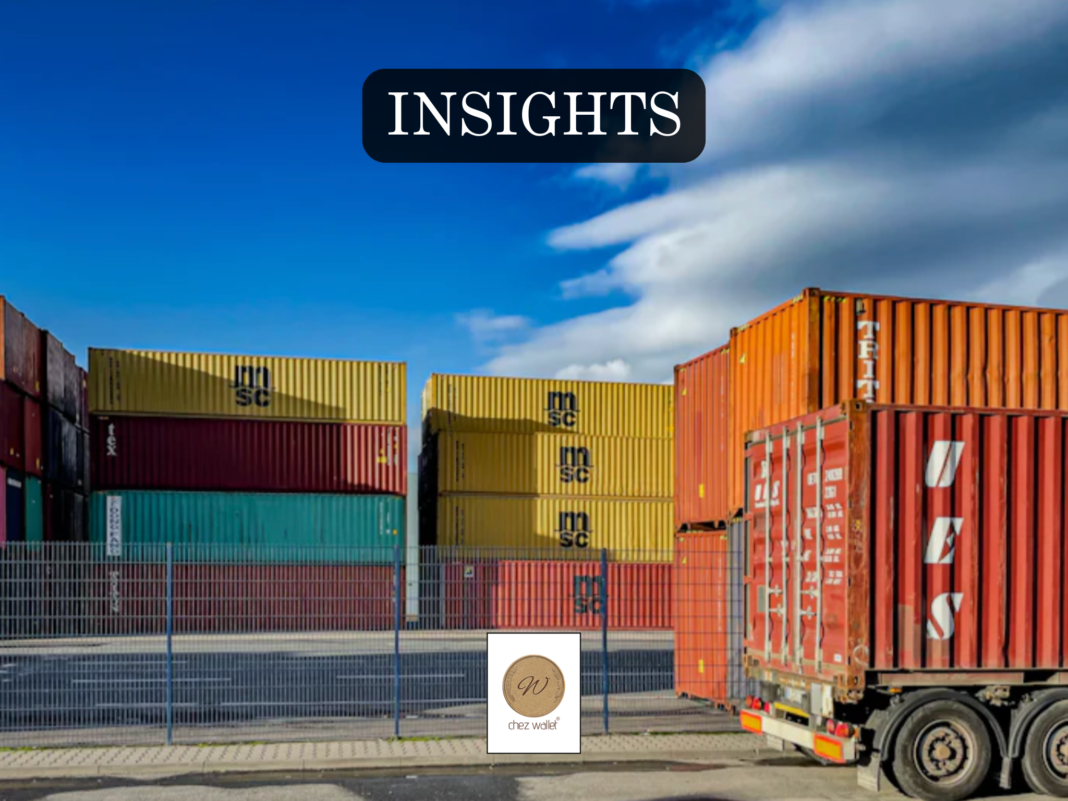The national adoption of digital payments could significantly transform Pakistan’s economy, boosting GDP by 7% by 2025, creating 4 million jobs, and adding $263 billion in deposits, according to the report “Transforming Pakistan Payment’s Landscape,” published by Karandaaz Pakistan.
Digital Payments: A Catalyst for Economic Growth
The report highlights that transitioning from a predominantly cash-based economy to digital payments could help reduce the size of Pakistan’s informal economy, which currently dwarfs the formal sector by 64%. This shift would not only streamline economic activities but also enhance financial inclusion and economic growth.
The State Bank of Pakistan (SBP) stands to benefit as well, with reduced costs for printing and managing cash. In the fiscal year 2023-24 alone, SBP reported spending PKR 31 billion on printing, logistics, and replacing damaged currency—costs that could be significantly curtailed through a digital-first payment system.
Challenges of a Cash-Based Economy
Pakistan’s reliance on cash is evident in its high Currency in Circulation (CiC)-to-deposit ratio of 34%, far higher than India’s 17.8% and Bangladesh’s 16.7%. With PKR 9 trillion in cash circulating outside banking channels as of 2023, compared to total bank deposits of PKR 30 trillion, the informal economy restricts growth and limits the Central Bank’s ability to manage inflation and economic stability.
Comparative Insights
The report underscores the disparity in digital payment adoption between Pakistan and its regional peers. For instance, Pakistan recorded just 1.3 digital transactions per person per year in 2019, compared to 16 in Indonesia, 21.3 in India, and 89.6 in Mexico. Additionally, only 8% of Pakistan’s e-banking channels accounted for transactions, with just 16% of government payments and receipts being processed digitally.
Progress and Initiatives
Pakistan’s National Financial Inclusion Strategy (NFIS), introduced in 2015, aimed to establish 65 million active digital accounts by 2023, including 20 million accounts for women. While the target remains unmet, the introduction of RAAST, a real-time digital payment system, has been a significant milestone.
RAAST’s Person-to-Merchant (P2M) module, launched to cater to Pakistan’s Wholesale and Retail sector—responsible for 18% of GDP and 31% of the services sector—addresses the limitations of existing payment methods. By targeting 3 to 5 million merchants across industries like groceries, dining, electronics, apparel, and healthcare, RAAST offers a tailored solution for Pakistan’s economic and social context.
Unlocking the Digital Payment Potential
The report emphasizes that the widespread adoption of digital payments could help formalize the economy, improve liquidity, and enhance financial stability. With increased government focus on digital financial systems, Pakistan has the opportunity to align itself with global trends and leverage digital payments for sustainable economic growth.






